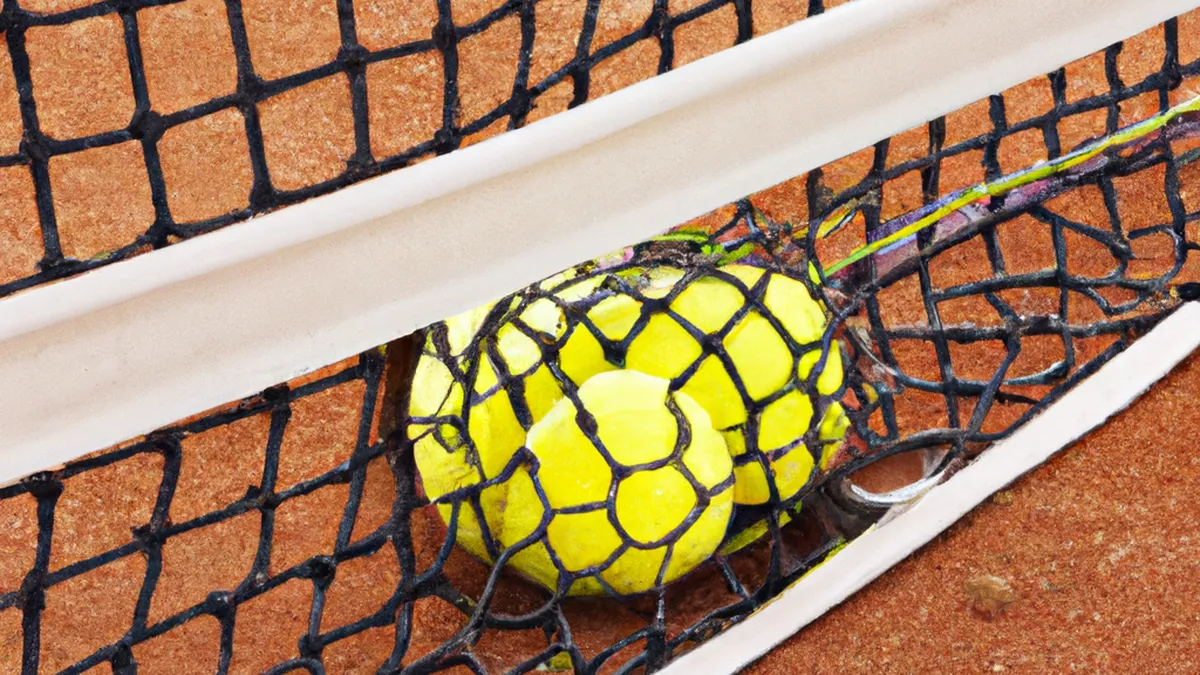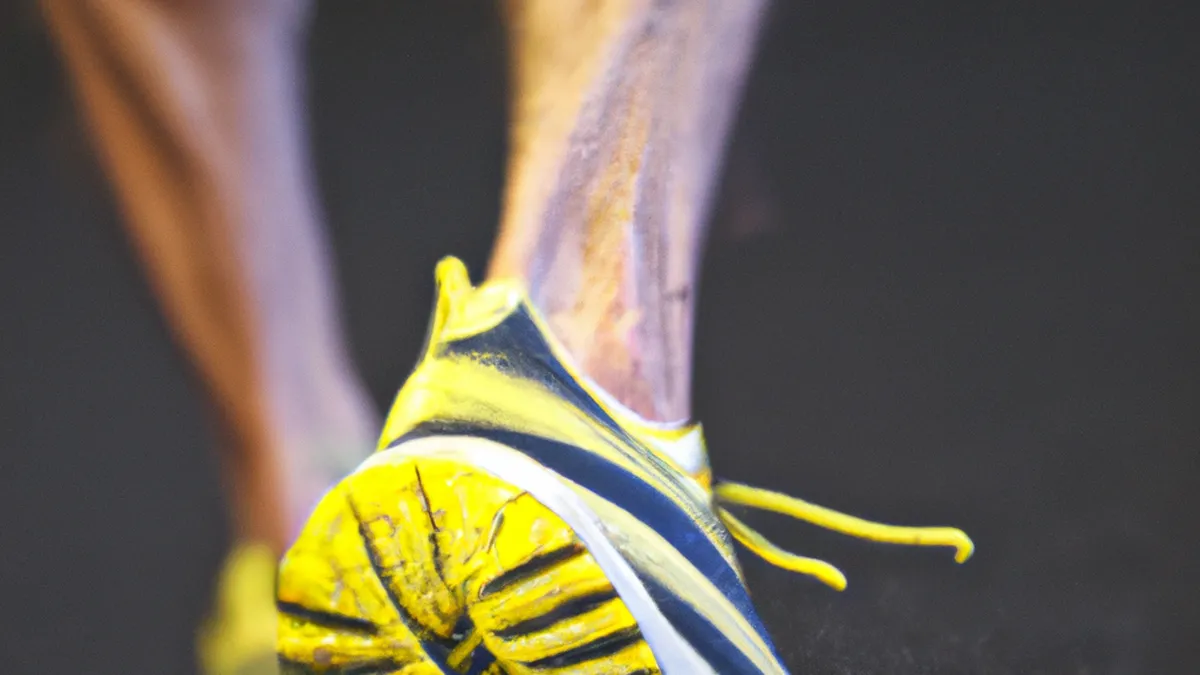Treatment Strategies for Racketlon Injuries
Common Racketlon Injuries OverviewRacketlon combines tennis, badminton, squash, and table tennis into one exciting competition. This blend provides a comprehensive workout that challenges players physically and mentally. However, racketlon carries injury risks. Understanding common injuries helps players enhance performance and minimize harm. This post explores these injuries, offers prevention strategies, and discusses the benefits of staying healthy and injury-free.
Common Injuries in Racketlon
Injuries can occur in any sport, and racketlon is no exception. Here are some prevalent injuries players may face:
1. Ankle Sprains
Ankle sprains rank among the most common racketlon injuries. Players often twist or roll their ankles during rapid lateral movements. Symptoms include swelling, tenderness, bruising, and difficulty bearing weight. Mild sprains may heal quickly, while severe ones can sideline players for weeks or months.
2. Tennis Elbow
Tennis elbow, or lateral epicondylitis, results from repetitive arm motions when swinging a racket. Players may feel pain and tenderness when gripping objects or extending their wrists. Despite the name, tennis elbow affects athletes in various sports, including racketlon.
3. Shoulder Injuries
Shoulder injuries frequently occur in racketlon due to overhead shots in tennis and badminton. Repetitive overhead movements can cause rotator cuff strains or shoulder impingement. Players might experience pain, weakness, and limited range of motion, making simple tasks difficult.
4. Knee Injuries
Knee injuries often arise from sudden direction changes inherent in racketlon. Conditions like patellar tendinitis (jumper’s knee) and ACL tears can occur. Symptoms include pain, swelling, instability, and difficulty bending or straightening the knee. These injuries often require extensive rehabilitation before returning to the court.
5. Muscle Strains
Muscle strains, especially in the hamstrings, quadriceps, and calves, are also common in racketlon. Sudden sprints, quick stops, or overexertion can cause these injuries. Symptoms typically include sudden pain, swelling, and muscle spasms. Strains can vary in severity; some require rehabilitation while others may heal with conservative treatment.
Tips for Injury Prevention
As an Amazon Associate I earn from qualifying purchases.
Gear tip: consider tennis racket, tennis balls, and overgrip to support this topic.
Preventing injuries is essential for a successful racketlon experience. Here are effective strategies to help you stay on the court:
Conclusion
In summary, understanding common racketlon injuries and prevention strategies can enhance performance and promote injury-free play.
Below are related products based on this post:
FAQ
What are the most common injuries in racketlon?
The most common injuries in racketlon include ankle sprains, tennis elbow, shoulder injuries, knee injuries, and muscle strains. These injuries can result from the rapid movements and repetitive motions involved in the sport. Understanding these risks can help players take preventive measures.
How can players prevent injuries in racketlon?
Injury prevention in racketlon involves effective strategies such as proper warm-ups, strength training, and flexibility exercises. Additionally, players should focus on using appropriate equipment and practicing good technique during play. Staying mindful of body signals and avoiding overexertion is also crucial.
What should players do if they experience an injury?
If players experience an injury, they should seek appropriate medical advice and follow a rehabilitation plan. Resting the affected area, applying ice, and gradually reintroducing activity can facilitate recovery. It’s important to avoid rushing back to play to prevent aggravating the injury.















Post Comment